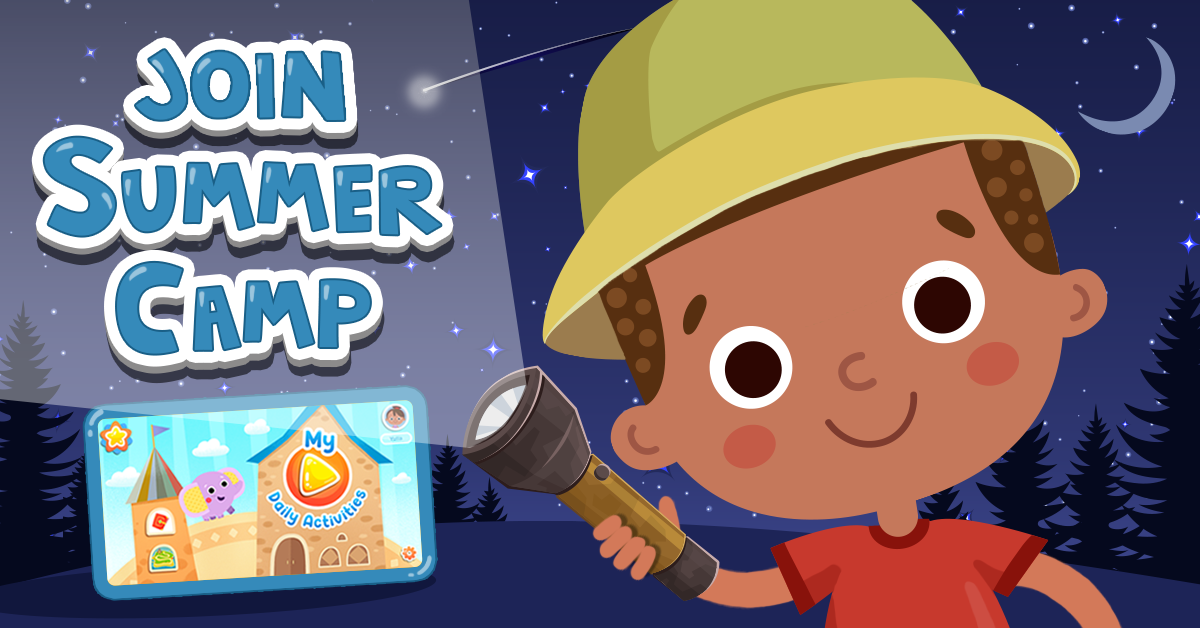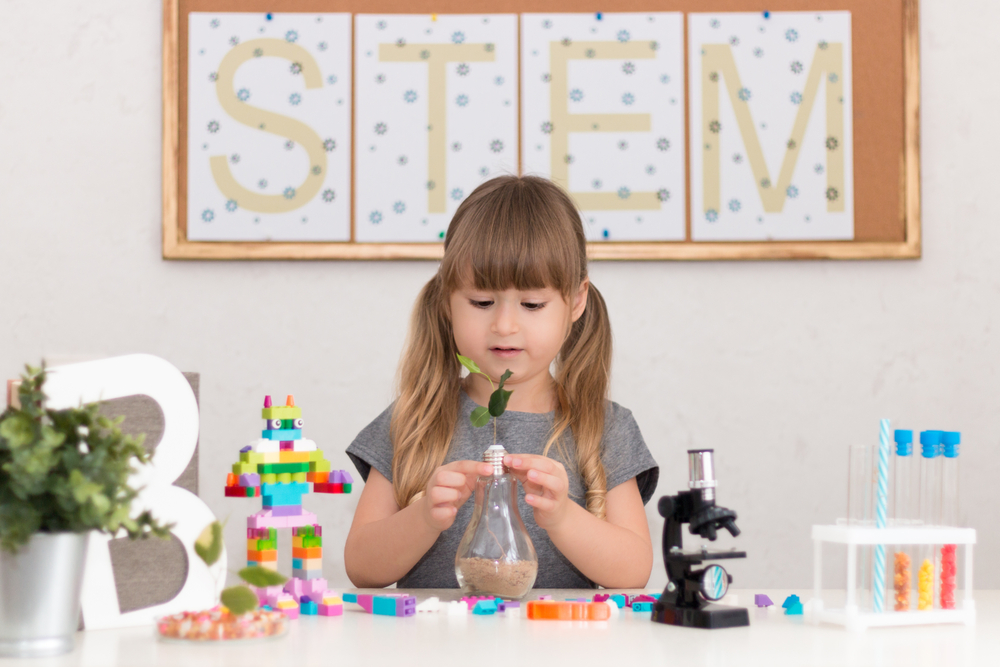Critical Thinking Normal Plants and Animals Worksheets for Ages 8-9
5 filtered results
-
From - To
Enhance your child's critical thinking skills with our engaging worksheets focused on normal plants and animals. Designed for ages 8-9, these printable resources from Kids Academy challenge young minds to analyze, compare, and draw conclusions about the natural world. Through thoughtfully crafted exercises, students will explore key concepts in biology, develop sharp observation skills, and build a strong foundation in scientific inquiry. Perfect for both classroom use and home learning, our worksheets make science education interactive and fun. Foster intellectual growth with activities that inspire curiosity and a love for learning about plants and animals.
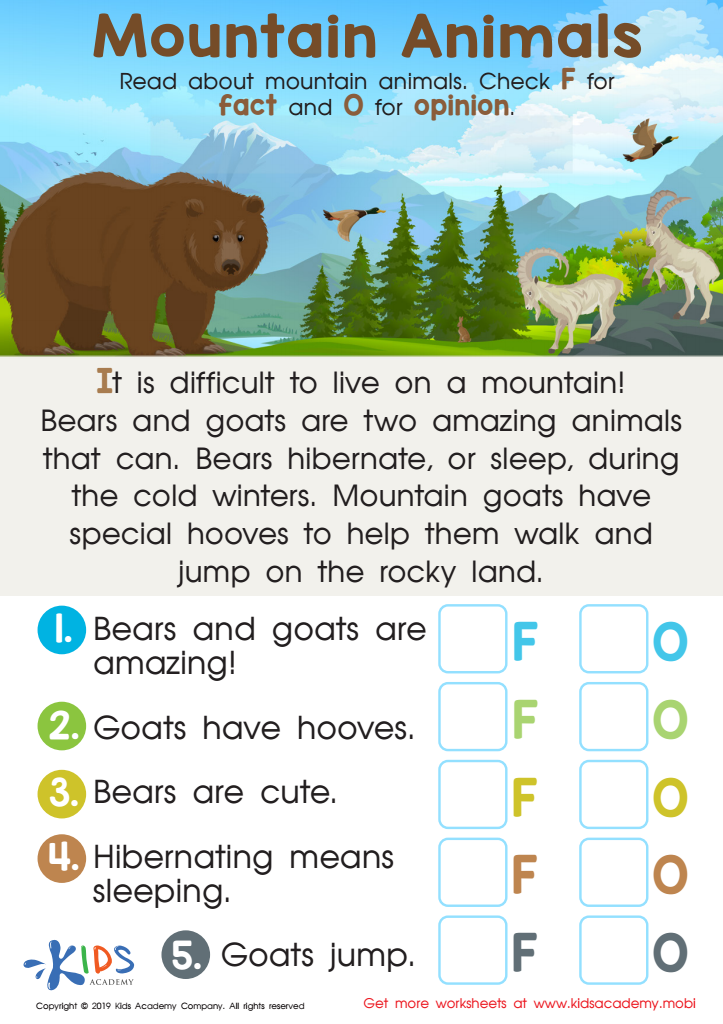

Mountain Animals Worksheet
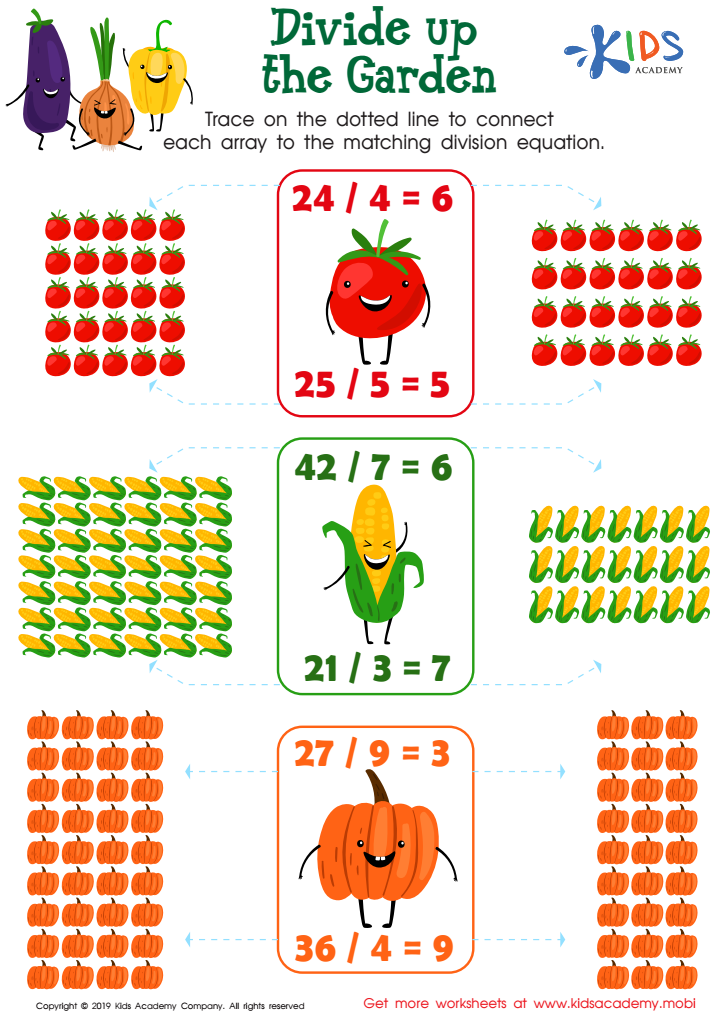

Divide up the Garden Worksheet
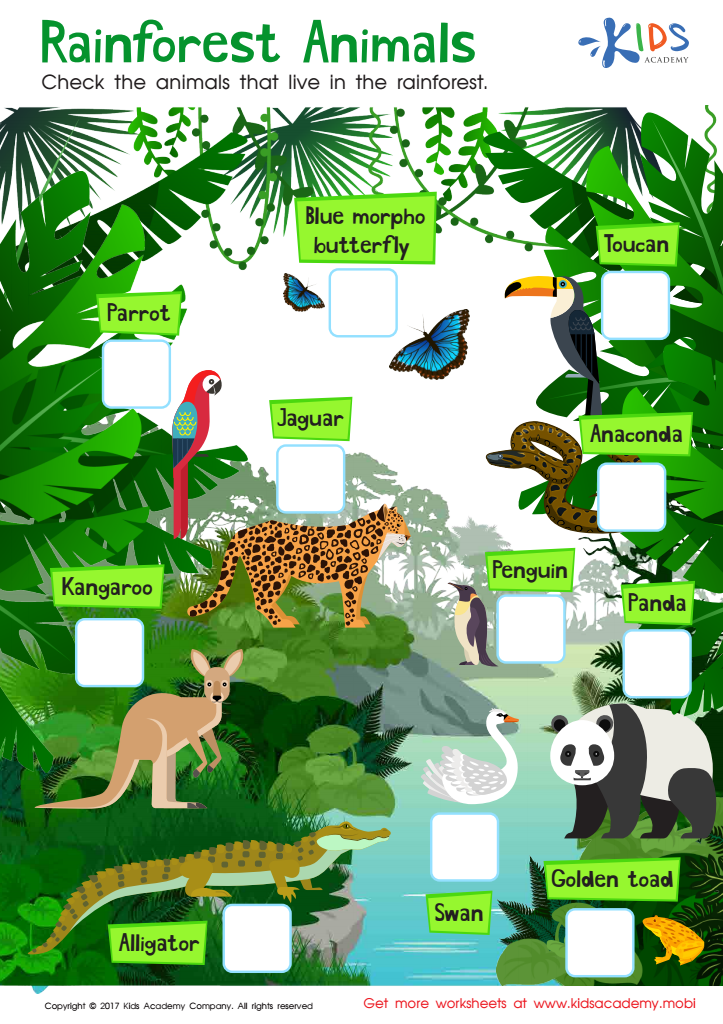

Rainforest Animals Worksheet
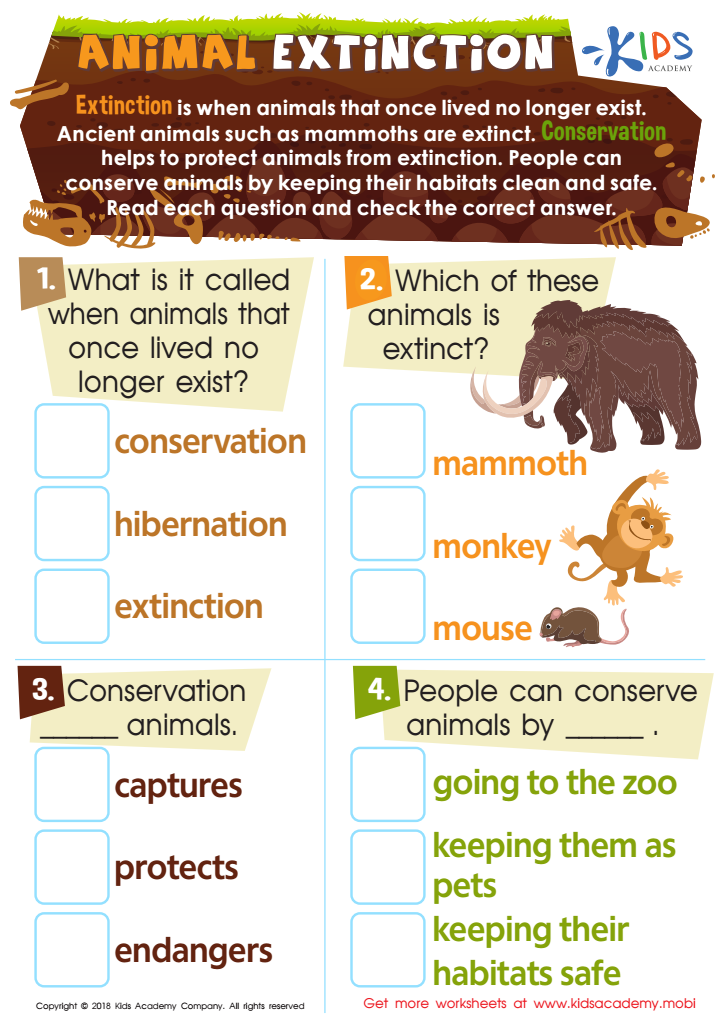

Animal Extinction Worksheet
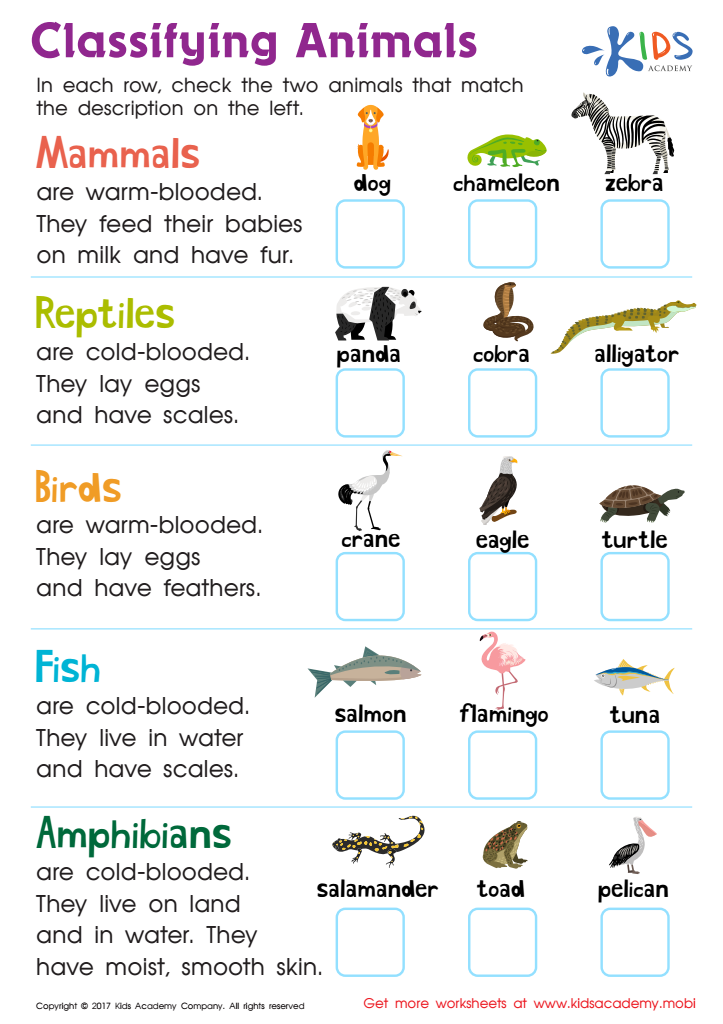

Classifying Animals Worksheet
Parents and teachers should care about fostering critical thinking in the study of normal plants and animals for children aged 8-9 for several crucial reasons. At this developmental stage, children are naturally curious and their cognitive abilities are expanding rapidly. Teaching them to think critically about the natural world not only enhances their academic skills but also nurtures a lifelong appreciation for science and nature.
First, critical thinking enables children to analyze information, draw connections, and solve problems, which are essential skills for all aspects of life. For example, when learning about how plants grow or why animals behave in certain ways, kids learn to ask insightful questions, form hypotheses, and understand causality.
Secondly, a deepened understanding of plants and animals encourages environmental stewardship. By recognizing the interdependence within ecosystems, children grow to appreciate the importance of biodiversity and conservation. This awareness can inspire responsible behaviors such as recycling, conserving water, and protecting wildlife habitats.
Lastly, engaging with normal plants and animals helps bridge gaps between textbook knowledge and real-world applications. Hands-on activities like growing a garden or observing birds in a park make learning tangible and memorable. This experiential learning cultivates empathy, resilience, and patience, traits valuable beyond the classroom.
In short, embedding critical thinking in early science education builds foundational skills, fosters a respect for nature, and enriches children’s educational experiences.
 Assign to My Students
Assign to My Students





